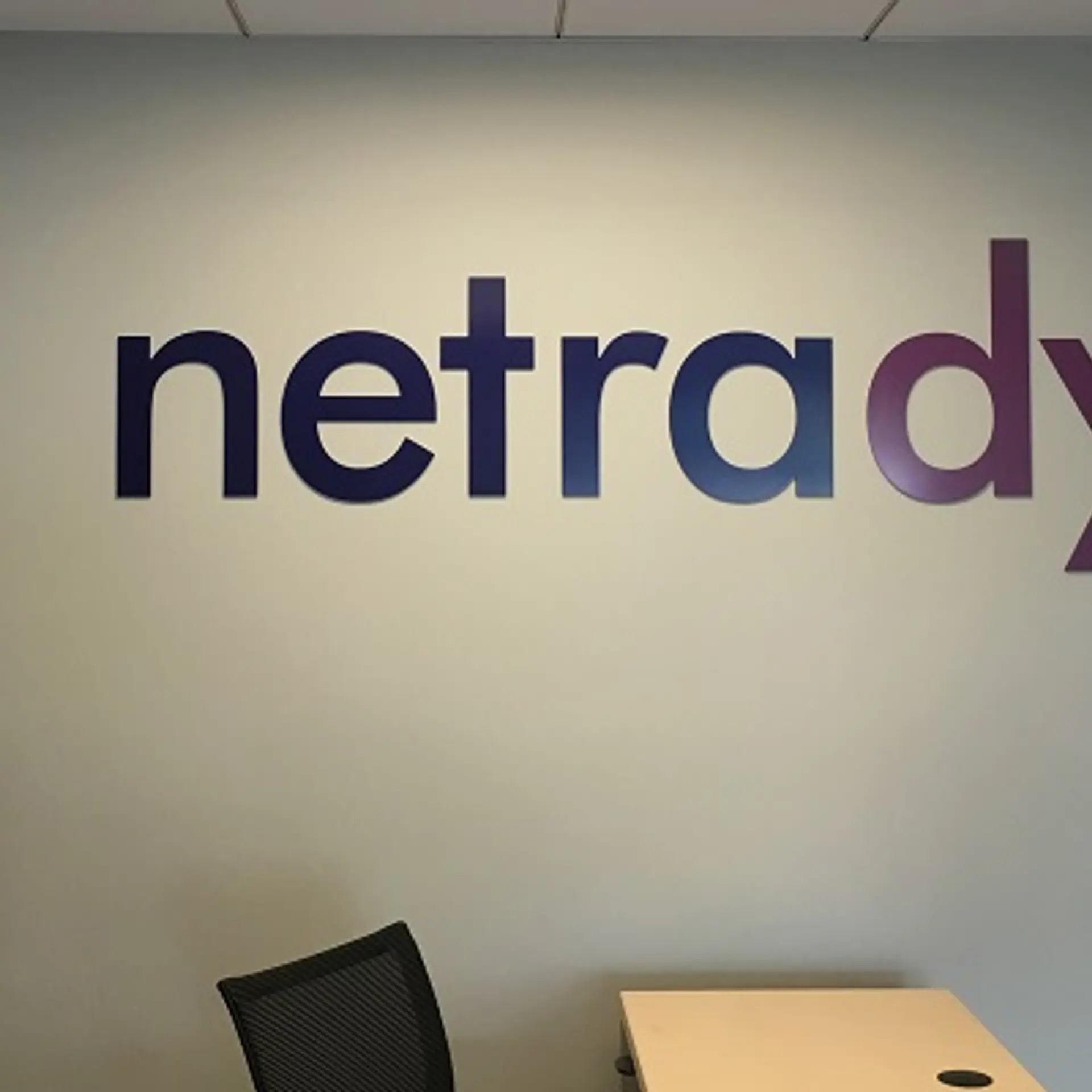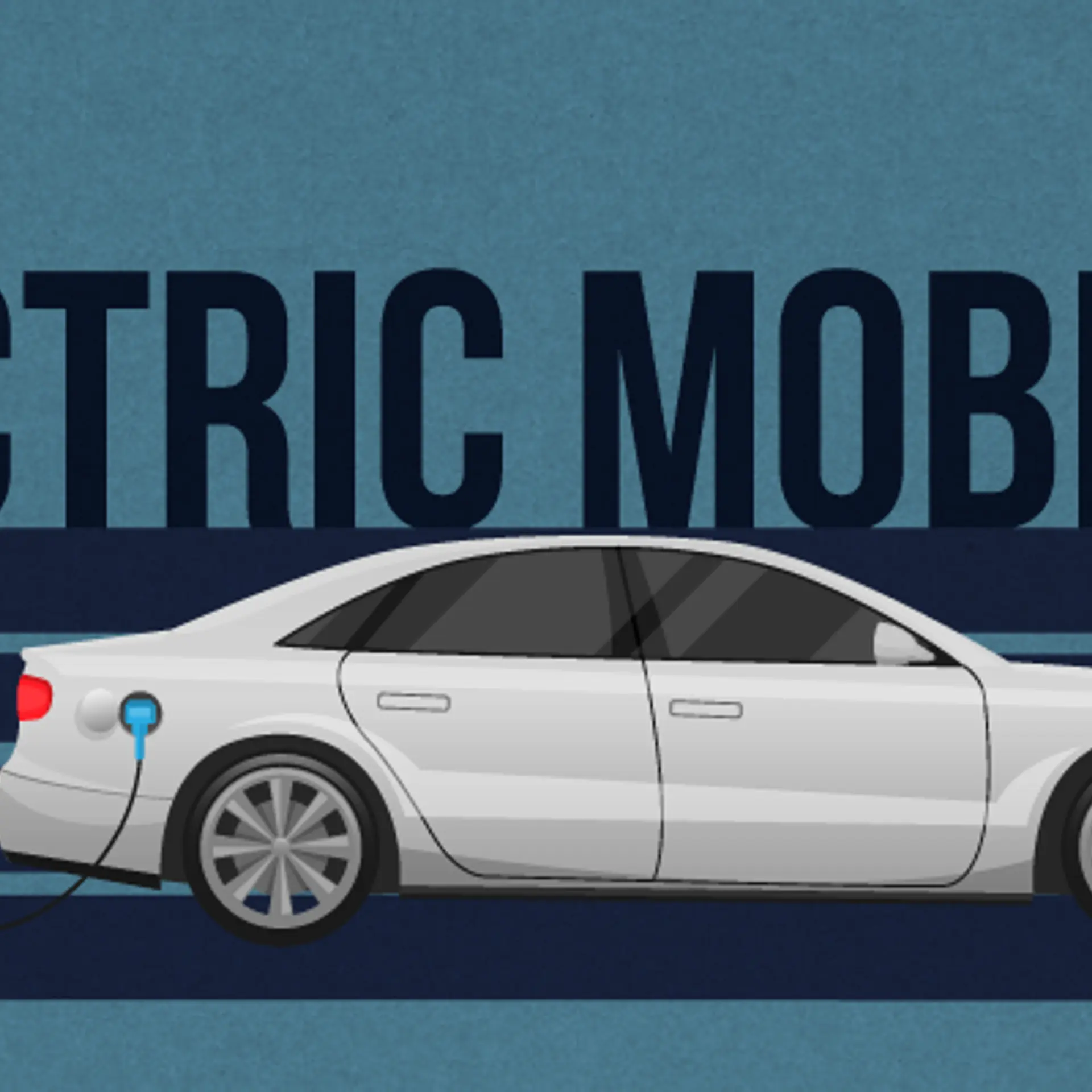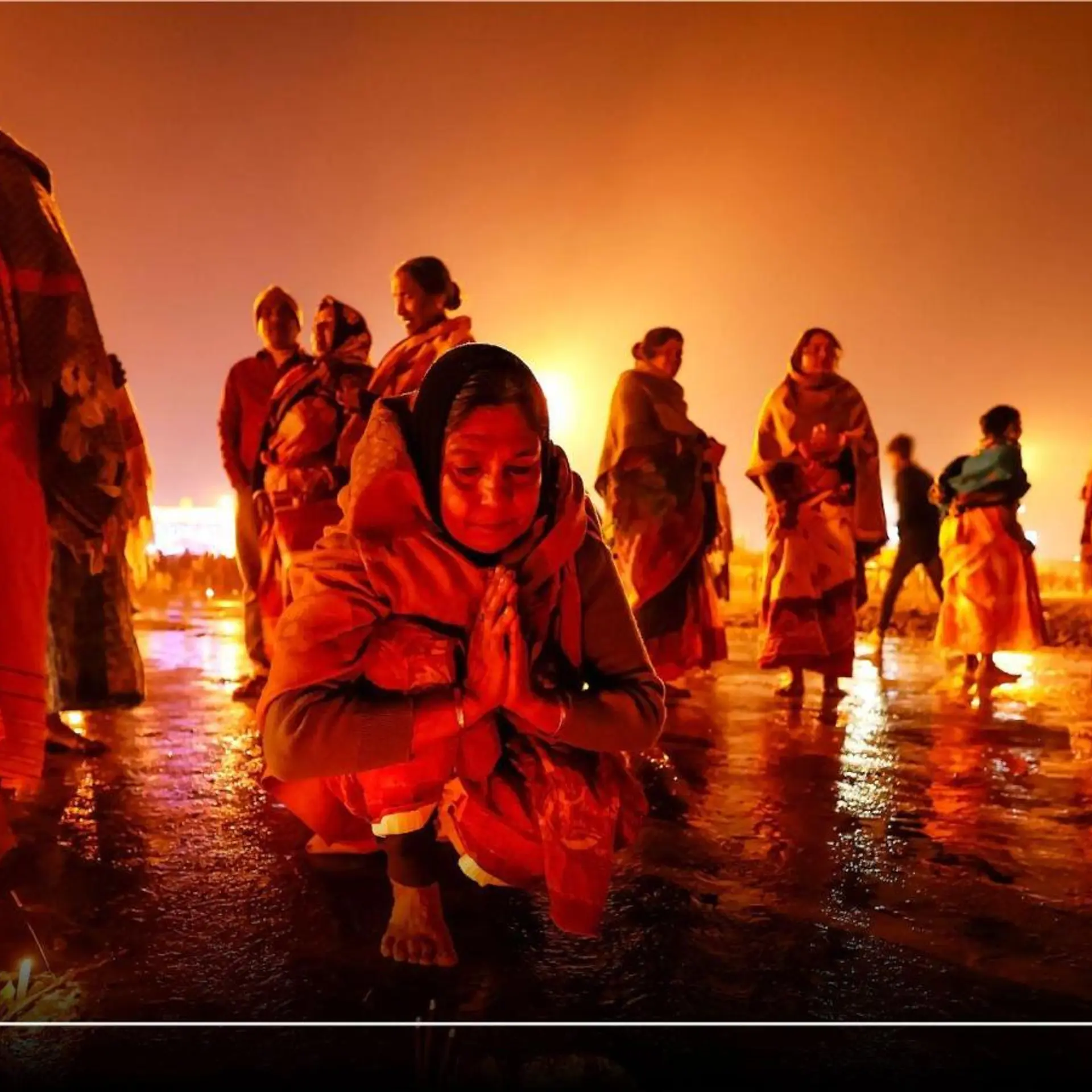Santosh Ostwal, Rural Innovator cum Entrepreneur, Nano Ganesh

Peepli Live showcased the plight of farmers in India quite adeptly. While movies like these raise questions on our state of affairs, there are entrepreneurs who are going ahead and doing their bit to solve the many issues plaguing rural India. One such venture was born out of a real need in rural hinterland- Irrigation projects don’t benefit a huge majority while scarcity of water and irregular power supply are a daily reality in a farmer’s life. Understanding these challenges, Santosh Ostwal a Pune based entrepreneur cum rural innovator, built a device, Nano Ganesh, which allows motor pumps to be operated from a distance using cell phones. Excerpts of the interview -What is Nano Ganesh?

Nano Ganesh is an electronic interface device. It is connected to the electro-mechanical starter of the motor. Nano Ganesh is an appropriate irrigation technology for rural farmers. Illiterate farmers can also use this easily. The farmer connects the Nano Ganesh to a cell phone. This is placed at the farm/field integrated with the electrical system of the motor. The farmer has to call the number. The farmer can find out from the tone if the power supply is there or not. Then if power is available and if he presses a particular number the motor is switched on. The tone changes when pump is started. Similarly it can be switched off remotely.What was your inspiration to develop a product directed at farmers?
I am from a farmers’ family. When I was young, I would always wonder and ask my grandfather why he would leave home at the middle of the night to go to the fields. He would tell me that it is important to water the crop at the right time during farming cycle and harvest and how irregular power supply did not give him the flexibility. Although I did well in my academics, was a double graduate, a rank holder and got into a central government job I did not enjoy it as I always wanted to do something on my own. I had an internal call to do something on my own and something I relate to. Since childhood I experienced an interest in water related issues, for example I would be irritated if water was being being wasted.This was coupled with the issues which I had seen farmer’s like my grandfather face early in life. So I left my job in Mumbai and moved to Pune in the early 90s with a goal to use my education to do something related to water and irrigation automation. I experimented and came up with many models and pump sets. This was enough to sustain me and help me do some research on my own although it was not very scalable. It took me 5-6 years to study the rural scenario and decide what the farmers really want.
How did the idea of Nano Ganesh come about?

In 1998 I launched the first remotely controlled motor pump in India which had a range of 1km. It had many disadvantages as many farmers lived far away outside the range. Getting wireless licenses was a difficult and expensive task and made this unsustainable. I had put in almost 10 years into such research and did not want to give up. In 2003 on Ganesh Chathurthi day after offering my prayers to Ganesh I struck upon the idea of using cell phones to improve this technology and so I called the device Ganesh since I am a faithful devotee of Lord Ganesh. I removed the remote control package and put in a regular phone. This was a reassuring moment and I realized I had stumbled upon the device that I have always been looking for.Why the name Nano Ganesh?
As I mentioned I named it so because of my faith in Lord Ganesh. But this initial device was bulky and costly and was difficult for wiring. This was not widely accepted by farmers as it was impractical so I worked on it for 3 more years, did a lot of research and in 2007 came up with a low cost and smaller device. This product could be easily used and was affordable and small. So I called it Nano Ganesh. Now I could techno-commercially scale it up and make it very easy to use, helping millions of farmers.
What were the hurdles and challenges during the development ?
The R&D for Nano Ganesh is based on the closed-loop system. Ideas were tried in the lab and then tested on the field. Odd schedules, night work, travel to villages, wet areas, shock hazards, extreme power supply, rats / lizards in the panels etc. were challenges to work on the field. It was difficult to convince the farmer for allowing his system for the testing. Sparks in the starters of higher-HP motors could damage the automation systems. We had to take a great care in designing the basic electronics systems considering the extreme weather conditions too. Other challenges were like government regulations and dilute mobile network, long term funding, emotional family attacks etc.
Have you received any recognition for your work?
I took part in the emerging market section of Nokia Calling all Innovators contest. They were amazed to see that a cell phone was not being used for talking but kept in a remote place to help farmers. Nano Ganesh was selected as the first place in the Asia Pacific region. In Barcelona I demonstrated the technology and was judged the grand winner globally.
We also won the Villgro Wantrapraneur Business plan competition last year.I gave an elevator pitch before investors and judges who gave me feedback on my idea. This event gave us a lot of visibility and networking opportunities. Nano Ganesh was nominated for the Global Mobile Award for 2010 for best mobile applications in the world for the social and economic use.I received the prestigious Parkhe Award from MCCIA, Pune.
How did you fund the project?
I raised money on my own and from friends and family. I had to spend a lot of money for research. Later the project became self sustainable but not scalable and flourishing. In the coming year I want to sell 10,000 units in a month.

We are looking for investment and want to use the money to improve the technology and scale up the business. We want to work with corporates and MNCs across sectors to help them come up with products and services for rural India.I have tie ups with mobile and telecom companies and want to collaborate with them actively.What are you working on now and what are your future plans?
We are now on the way of taking a big leap for a mass manufacturing and marketing of Nano Ganesh in India. In those regards, I am working with investors. We have recently appointed a distributor for North India who have already started the activities in Punjab & Haryana. with operations controlled from Gurgaon. We are also having a scattered network of distribution in other parts of the country.
In Maharashtra, we have launched a new initiative where in we are training rural technocrats for free. They will be called agro electronics commandos. We plan to have 5000 commandos in Maharashtra and 1 lakh in India. They can help people with their expertise be it in motor pump repair or cell phone repair. We want to grow this network in other states.
What is the reaction of VC’s and finance institutions on funding for scaling up the activities ?
It has been quite positive, but one big challenge is to convince them about the rural conditions and rural mindsets. This is not a question of just VCs but many MNCs too, who are trying to explore the rural market of India. Many mobile and telecom companies have established rural initiative programs and they have appreciated our work. We are explaining them our innovative business model. Though it is difficult to explain the things and it takes some time, it is positively moving ahead. VCs are also very much curious about the big market potential and trying to learn more about rural markets. Especially, a technical product needs its own specific way and needs to be suitable for rural customers. One appreciating thing is that everybody is excited and wants to take it ahead.
We wish Santosh all the best for his future endeavors and commend him for his remarkable social entrepreneurship.To find out more visit http://www.nanoganesh.com/






